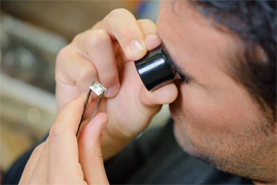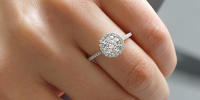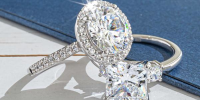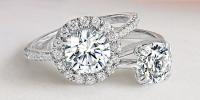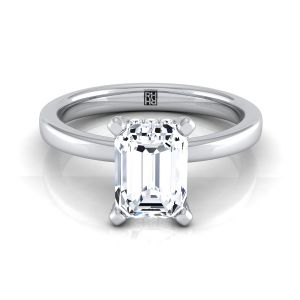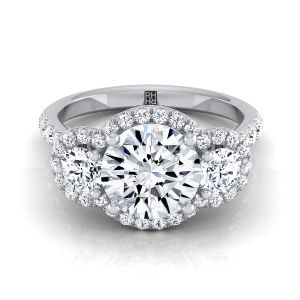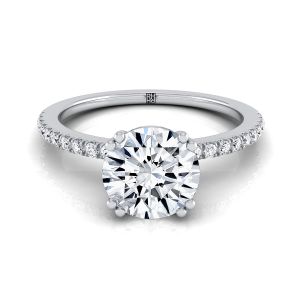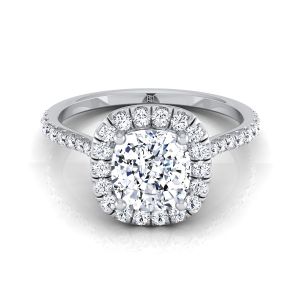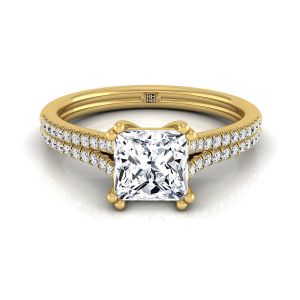
The cheaper ones are even made out of basic glass or even plastic, but these are thankfully easy to detect.
Just like jewelry
diamonds, alexandrite has many stimulants. There is a simulated variety on the market, which is made out of corundum instead of chrysoberyl, containing tiny amounts of vanadium to mimic the
color change seen in real alexandrite. Synthetic
sapphires sometimes get passed off as alexandrite, carrying a range of changing
color from mauve to bright purple, inside a single
stone. You can have the
stone tested in a lab to see what it is actually made of. The easiest check is that of the refractive index – chrysoberyl has this at 1.741-1.760, while corundum has a refractive index of 1.759-1.778.
There are also
color garnets that you could confuse for alexandrite, as well as

rough andalusite. These are not imitations; rather they are lo\wer-priced yet genuine
gemstones. Always make sure you get what you pay for.
 The cheaper ones are even made out of basic glass or even plastic, but these are thankfully easy to detect.
Just like jewelry diamonds, alexandrite has many stimulants. There is a simulated variety on the market, which is made out of corundum instead of chrysoberyl, containing tiny amounts of vanadium to mimic the color change seen in real alexandrite. Synthetic sapphires sometimes get passed off as alexandrite, carrying a range of changing color from mauve to bright purple, inside a single stone. You can have the stone tested in a lab to see what it is actually made of. The easiest check is that of the refractive index – chrysoberyl has this at 1.741-1.760, while corundum has a refractive index of 1.759-1.778.
There are also color garnets that you could confuse for alexandrite, as well as
The cheaper ones are even made out of basic glass or even plastic, but these are thankfully easy to detect.
Just like jewelry diamonds, alexandrite has many stimulants. There is a simulated variety on the market, which is made out of corundum instead of chrysoberyl, containing tiny amounts of vanadium to mimic the color change seen in real alexandrite. Synthetic sapphires sometimes get passed off as alexandrite, carrying a range of changing color from mauve to bright purple, inside a single stone. You can have the stone tested in a lab to see what it is actually made of. The easiest check is that of the refractive index – chrysoberyl has this at 1.741-1.760, while corundum has a refractive index of 1.759-1.778.
There are also color garnets that you could confuse for alexandrite, as well as rough andalusite. These are not imitations; rather they are lo\wer-priced yet genuine gemstones. Always make sure you get what you pay for.
rough andalusite. These are not imitations; rather they are lo\wer-priced yet genuine gemstones. Always make sure you get what you pay for.










